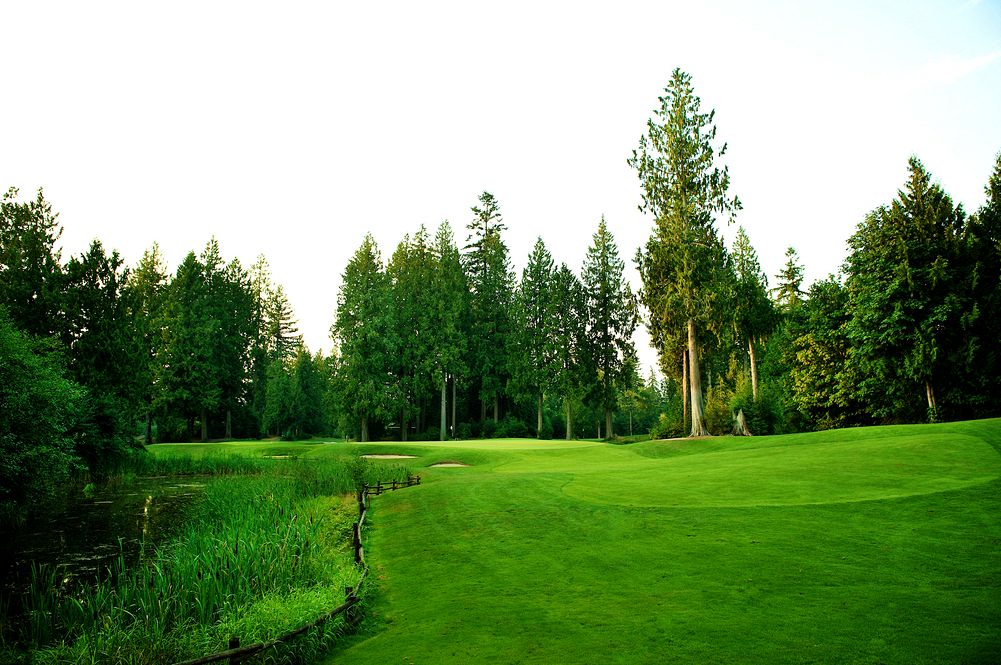Long Grass? Must be Science!
March is typically a wet month for us at Redwoods, and this year was definitely no exception! With the arrival of spring, the beautiful blossom of cherry trees, and the emergence of daffodils and tulips, it's hard not to get excited about a new golf season! One of the challenges our
Turfcare Team faces during the changing of the seasons are our limited ability to consistently cut grass--primarily the rough.

Our native soil here at Redwoods is mostly clay, other than greens and tees which are both sand-based. Clay particles are very small and when clay becomes wet it has phenomenal moisture retention capabilities which isn't the most beneficial property to have. When clay becomes saturated it stays that way until the water can drain through, evaporate from the ground, and transpire from the turfgrass plants. This "drying" process can be a little difficult to attain during the West Coast Spring season we are all so used to that often features plenty of rain and cooler temperatures.
When our ground is saturated, any form of surface traffic such as regular footsteps, carts, or mowers, can cause damage to both the soil structure and the turf itself. Our Turfcare Team wants to avoid compacting the soil with the weight of the mowers at all costs. Compaction creates less space within the soil for water and oxygen to move, making it easier for the ground to become saturated with rainwater, and also leaving less space for turfgrass to grow roots. This is our main reason why we don't cut our turf as often when the ground is wet, even if we have a few sunny days in a row; we want to preserve the turf that we have and enable it to flourish during the beginning of the golfing season.
So the next time your foursome is scavenging for their golf balls in the deep rough you can explain the science behind our long grass. Enjoy the Spring golf and try to keep it in the short stuff!
-Your Redwoods Turfcare Team
